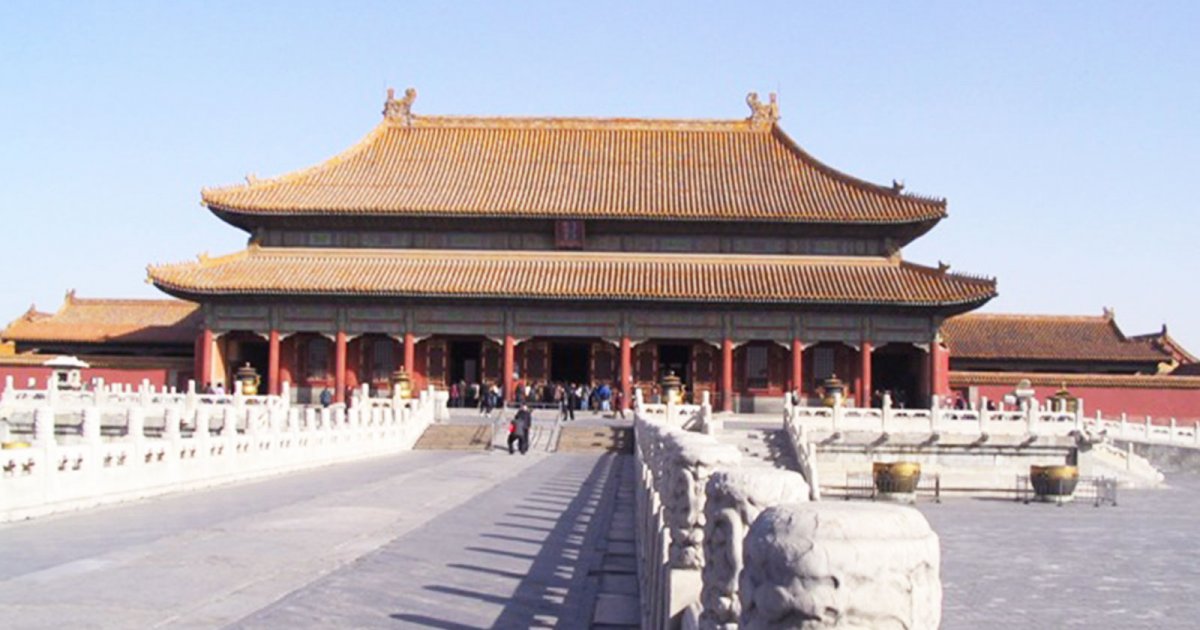THE FORBIDDEN CITY, Palace Of Heavenly Purity
 Language: English / USA
Language: English / USA
It’s now time to visit the Inner Court.
The Gate of Heavenly Purity leads into the palace of the same name. It’s a smaller version of the Hall of Supreme Harmony, and since it was regarded as inferior, everything inside is smaller, although similar to the features in the other building. The palace is nonetheless the largest in the Inner Court.
The Palace of Heavenly Purity was built in 1420 and rebuilt in 1798 after a fire. It was the emperor’s main residence, and contained the administrative offices. As well as hosting several ceremonies in the inner court, this was the only palace foreigners were allowed to enter, because it was here that the emperor received diplomatic missions.
During the Qing dynasty, the palace also accommodated the emperor’s coffin during commemorative ceremonies, after which it was buried in the imperial mausoleum in Jingshan Park.
As you can see, the palace features a brass pavilion gilded on both sides. The left side was said to represent territorial integrity, while the right represented abundance and the harvest.
Now press pause and press play again when you are inside the building.
As you can see, the throne is on a raised platform, surrounded by incense burners, long red candles and large mirrors to ward off evil spirits.
Above the throne is a plaque engraved with four Chinese characters, written by Emperor Yongzheng in person and meaning "Justice and Enlightenment". From the time of Emperor Yongzheng, in order to avoid disputes between the princes and the wives, the name of the successor to the throne was written in secret in two edicts. One was kept by the emperor and the other was placed in a box behind this plaque: it was not necessarily the first-born son who became emperor.
Before you leave the Palace, I suggest you visit the side pavilions, which have been turned into exhibition rooms, where you can learn about the wedding and birthday celebrations of the emperors of the Qing dynasty.
An interesting fact: this Palace also hosted two grand banquets known as the banquets of a thousand elders, organized in honor of retired public officials. The first was held in February 1722, by Emperor Kangxi, for one thousand officials, and the second in 1785, by Emperor Qianlong in honor of more than three thousand, all over the age of 65.



